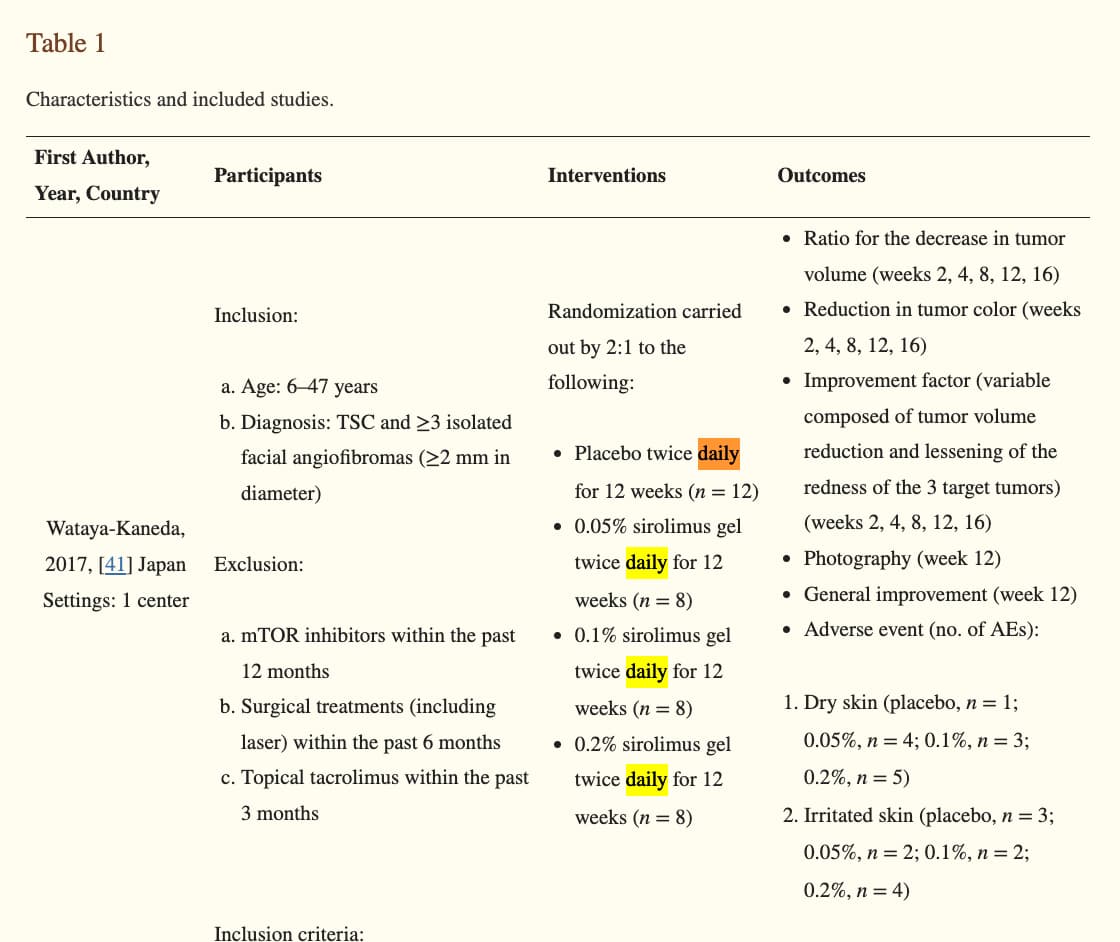I have a long answer, but am at a conference for a couple of days. I hope to respond to this later.
Thank you for responding when so busy — much appreciated.
Research supporting our findings ![]()
Good find!
mTORC1 activity negatively regulates human hair follicle growth and pigmentation
Dysregulation of the activity of the mechanistic target of rapamycin complex 1 (mTORC1) is commonly linked to aging, cancer, and genetic disorders such as tuberous sclerosis (TS), a rare neurodevelopmental multisystemic disease characterized by benign tumors, seizures, and intellectual disability. Although patches of white hair on the scalp (poliosis) are considered as early signs of TS, the underlying molecular mechanisms and potential involvement of mTORC1 in hair depigmentation remain unclear. Here, we have used healthy, organ-cultured human scalp hair follicles (HFs) to interrogate the role of mTORC1 in a prototypic human (mini-)organ. Gray/white HFs exhibit high mTORC1 activity, while mTORC1 inhibition by rapamycin stimulated HF growth and pigmentation, even in gray/white HFs that still contained some surviving melanocytes. Mechanistically, this occurred via increased intrafollicular production of the melanotropic hormone, α-MSH. In contrast, knockdown of intrafollicular TSC2, a negative regulator of mTORC1, significantly reduced HF pigmentation. Our findings introduce mTORC1 activity as an important negative regulator of human HF growth and pigmentation and suggest that pharmacological mTORC1 inhibition could become a novel strategy in the management of hair loss and depigmentation disorders.
Full Paper (open access)
“Translationally, our data strongly encourage one to next probe in a clinical trial whether topical rapamycin can significantly retard the graying process or even repigment graying/white hair, namely in younger individuals with recent onset of hair graying, and whether this indeed prolongs anagen duration in vivo.”
How do we get the money for this trial? Maybe we should tweet at Bill Ackman?
No need to wait - lets start getting some biohacker case studies going, which would help a lot in getting people interested in doing a clinical trial.
See @desertshores spray on approach:
I think I posted this before: 30cc Trancutol, 70 cc water, 10 mg rapamycin. Mix transcutol with crushed rapamycin tablets. Let sit overnight to dissolve the rapamycin. Add water, shake and filter. Put it into small spray/mister bottles. Use small mesh metal filters. Do NOT use paper filters.
Source: Rapamycin May Slow Skin Aging (Drexel U. Study) - #28 by desertshores
@Agetron not sure what color Quercetin will turn your locks but may make more of them. Worth adding to the mixture I bet. https://pubmed.ncbi.nlm.nih.gov/37285263/
Healthspan just tweeted that they are now selling a Rapamycin lotion for hair growth:
I have been taking Quercetin as an oral supplement. Never thought of it as a topical.
You are getting good results with it I asdume?
Hopefully, they will fund clinical trials.
I take it orally too but haven’t put it in the topical. I will in my next batch. Interesting in the study they use DMSO too.
While in Tokyo, Japan… I decided to go for a younger looking haircut… a fade. Why not?
Less hair to worry about… and I was told I look 10 years younger. Hmmm… now my look matches the extra biological age from rapamycin dosing. Rocking 65-years… ageless!
Yes pyrilutamide looks promising
Has anyone done work on or tried thymulin? It is a peptide apparently made in the epithelial cells of the thymus gland, and has potential for hair growth and is also used for anti inflammation (for major cases such as lupus or Lyme diseases).
Pdf of actual research from Australia:
Definitely a good haircut!
Trying to catch up through the posts but couldn’t find this consensus: if hair growth needs mtor, is it better to pulse topical rapamycin or should it be applied every day?
The International Spokesperson for Rapamycin.
The most interesting man in the world!
Actually yeah, I have been a bit of an international spokesperson.
RapAdmin should be noticing a few new members to our group from France, Germany and Japan. While lecturing on American medicine in these places, kept getting asked… whats going on… you are younger looking since pre- covid. So… I share!
You might try both approaches - take photos, 2 months on pulsed every X days, or 2 months applied twice daily?
The most effective dose (at least for Angiofibromas) was .2% and applications twice daily… but no studies have been done on hair growth, so its all guesswork right now…
When compared with placebo, all concentrations of topical sirolimus did not differ in severe adverse events leading to withdrawal. The ranking analysis suggested topical sirolimus 0.2% as the most effective drug. In conclusion, topical sirolimus 0.05–1% are effective and safe in treating facial angiofibromas in patients with TSC, with topical sirolimus 0.2% being the most effective.
Source: https://www.ncbi.nlm.nih.gov/pmc/articles/PMC9025300/
Thanks for sharing RapAdmin. I was wondering, is there a formula one can use to work out potency? Most carrier solutions are measured in ML, while pills are in MG.
As far as dosing, in this mouse study they applied every other day. Since this can be hard to remember I would choose odd days or even days so you don’t have to remember if you applied it yesterday:

